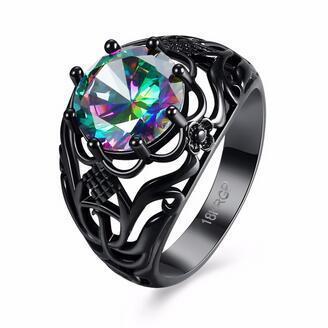Your shopping cart is empty!
The Pros & Cons Of Engagement Free Jewelry
The custom of exchanging jewelry for an engagement or marriage extends into the time of ancient Egypt and Scandinavia. A modern couple usually opts for the classic diamond ring, but couples on a low budget or those who simply wish for a more unique alternative should consider a ring, pendant or bracelet featuring aquamarine. Since the days of ancient Rome, aquamarine has symbolized wedded bliss.
The Origin of Engagement Jewelry
Rings have a long history with engagements and marriages. Ancient Scandinavians wore a ring of their spouse’s hair in a lover’s knot around their finger. Ancient Egyptians wove reedy plants like hemp into a ring to wear on the third finger of the left hand, believing that a very fine vein ran from this finger directly to the heart. The ancient Romans improved upon this practice, deciding that wives should wear long-lasting metal rings on their ring finger. By the 19th century, the intended wife commonly wore a gold ring, and by the 20th century, most engagement rings included precious stones.Aquamarine in Ancient Rome
- The practice of giving aquamarine stones in association with matrimony started with the ancient Romans. Roman belief held that aquamarine had the power to absorb the atmosphere of young love. As a result, young Roman grooms often gave a gift of aquamarine to their brides the morning after they consummated their marriage, ensuring that the atmosphere of their love would remain strong throughout their wedded lives. This gift was not necessarily in the form of a ring, however.
Aquamarine in the Middle Ages
- People during the Middle Ages related aquamarine to the concept of a happy marriage but rarely gave the stone to one another during their engagement or the beginning of their married life. Instead, they believed aquamarine had the ability to reawaken lost love between already married couples. A spouse could give a gift of aquamarine in the form of jewelry or whatever else to convey his desire to return to an earlier, more passionate state of love. This further cemented the connection between wedded bliss and the aquamarine stone.
Contemporary Use of Aquamarine
- Aquamarine stands as a popular alternative to diamonds in engagement jewelry today. While the stone represented wedded bliss in ancient Rome and medieval cultures, it also served as a charm for a number of other good fortunes. The Sumerians, Egyptians and Hebrews held the stone as a symbol of happiness and everlasting youth. People during the Middle Ages also believed aquamarine made a suitable antidote against poison as well as a superior stone for fortune telling. All of this led to the overall impression that aquamarine stands as an optimistic, beneficial stone, making it more than worthy of being used as engagement jewelry. Aside from its symbolic benefits, many contemporary couples choose aquamarine simply for aesthetic reasons or as a birthstone engagement ring for the bride-to-be with a March birthday.


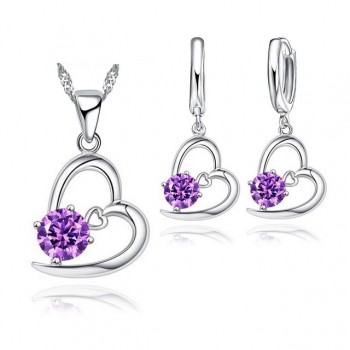
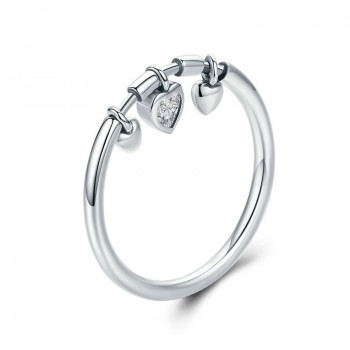
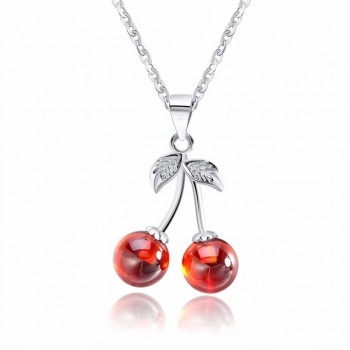
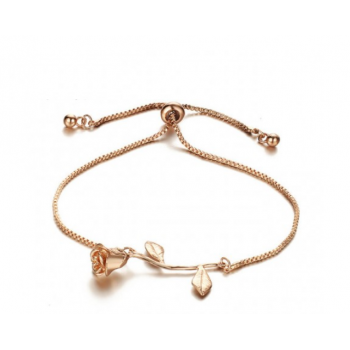
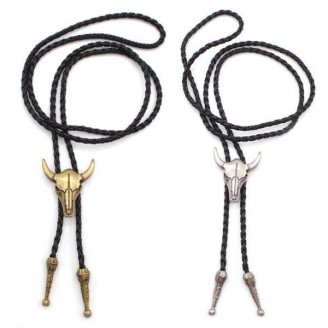
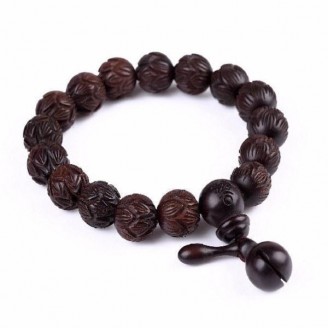
![Multicolored Mini Hippie Seed Bead Bracelet [18 Variants]](https://www.lindajewelry.com/image/cache/catalog/easyphoto/5276/multicolored-mini-hippie-seed-bead-bracelet-18-variants-5276-5276-328x328.jpg)
![Support China Braided Leather Flag Bracelet [3 Variations]](https://www.lindajewelry.com/image/cache/catalog/easyphoto/6312/support-china-braided-leather-flag-bracelet-3-variations-6312-6312-328x328.jpg)

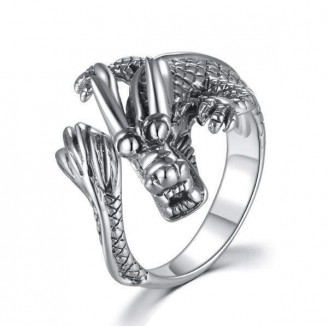

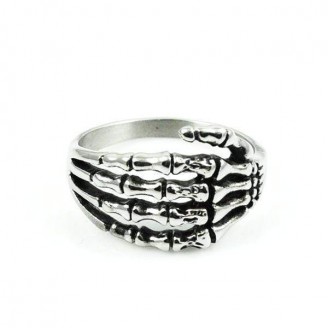

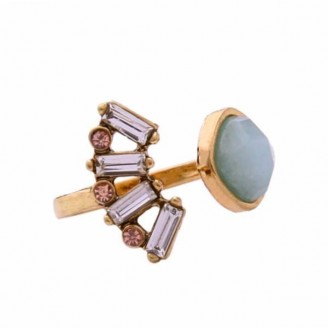
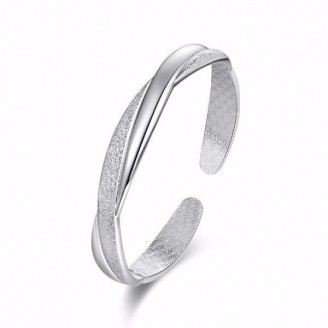
![Affectionate Pit Bull Oil Dog Necklaces [6 Variants]](https://www.lindajewelry.com/image/cache/catalog/easyphoto/7007/affectionate-pit-bull-oil-dog-necklaces-6-variants-7007-7007-328x328.jpg)
![Snowflake Rhinestone Cuff Bracelet [3 Variants]](https://www.lindajewelry.com/image/cache/catalog/easyphoto/7054/snowflake-rhinestone-cuff-bracelet-3-variants-7054-7054-328x328.jpg)
![Humpback Whale Pendant Necklace [2 Variants]](https://www.lindajewelry.com/image/cache/catalog/easyphoto/7599/humpback-whale-pendant-necklace-2-variants-7599-7599-328x328.jpg)
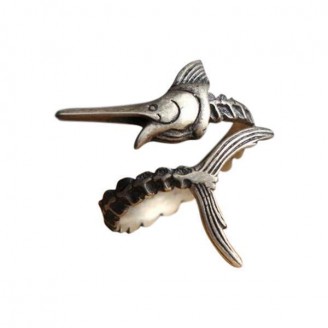
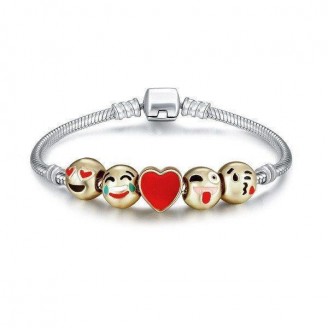
![Cat Eye Pendant Chain Necklace [8 Variants]](https://www.lindajewelry.com/image/cache/catalog/easyphoto/5213/cat-eye-pendant-chain-necklace-8-variants-5213-5213-328x328.jpg)
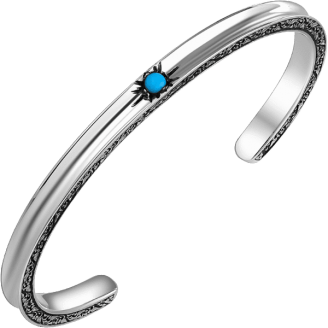
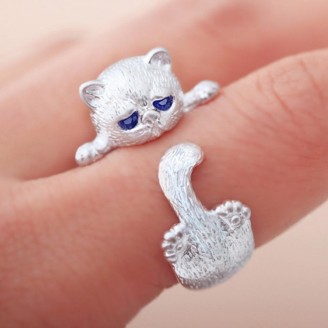
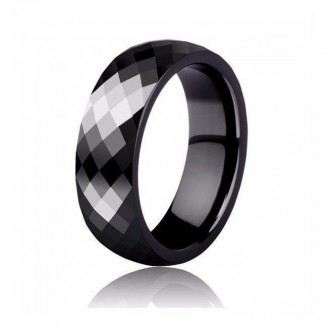
![Silver Butterfly Hyalite Opal Engagement Ring [2 Variants]](https://www.lindajewelry.com/image/cache/catalog/easyphoto/6670/silver-butterfly-hyalite-opal-engagement-ring-2-variants-6670-6670-328x328.jpg)
![Lucky Elephant Pendant Necklace [2 Variants]](https://www.lindajewelry.com/image/cache/catalog/easyphoto/7525/lucky-elephant-pendant-necklace-2-variants-7525-7525-328x328.jpg)

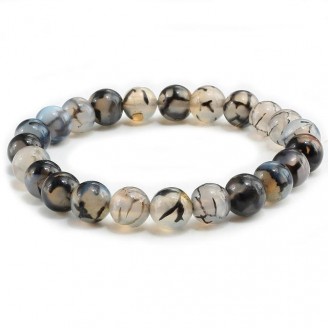
![Retro Beaded Bohemian Bracelet [2 Variants]](https://www.lindajewelry.com/image/cache/catalog/easyphoto/5365/retro-beaded-bohemian-bracelet-2-variants-5365-5365-328x328.jpg)

![American Flag Mask Skull Stainless Steel Necklace [2 Variants]](https://www.lindajewelry.com/image/cache/catalog/easyphoto/5211/american-flag-mask-skull-stainless-steel-necklace-2-variants-5211-5211-328x328.jpg)
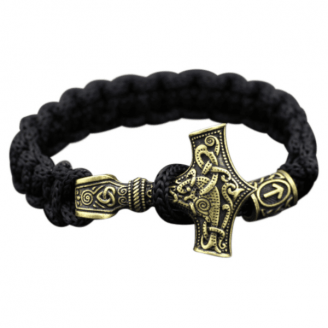
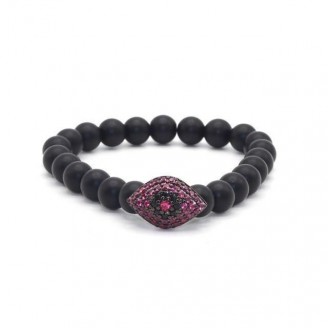
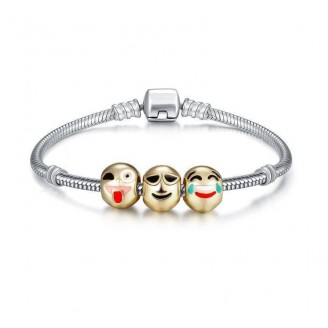

![Sahara Stripes Wooden Bow Tie [12 Variants]](https://www.lindajewelry.com/image/cache/catalog/easyphoto/5498/sahara-stripes-wooden-bow-tie-12-variants-5498-5498-328x328.jpg)
![Double Bladed Axe Charm Pendant [2 Variants]](https://www.lindajewelry.com/image/cache/catalog/easyphoto/5429/double-bladed-axe-charm-pendant-2-variants-5429-5429-328x328.jpg)
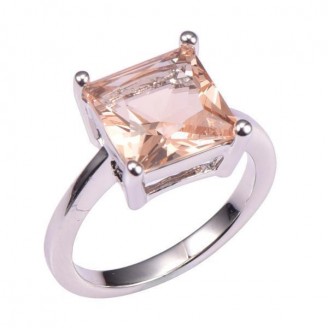
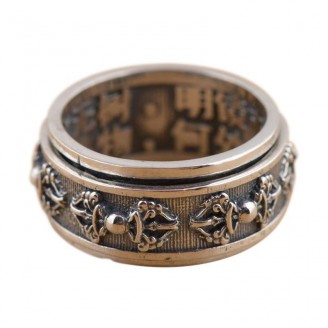
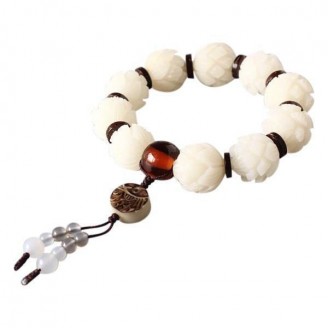


![Antique Lava Stone Hamsa Hand Bracelet [Silver - Gold]](https://www.lindajewelry.com/image/cache/catalog/easyphoto/5920/antique-lava-stone-hamsa-hand-bracelet-silver-gold-5920-5920-328x328.jpg)
![Black Matte Agate and Turquoise Natural Stone Distance Bracelets [Set of 2]](https://www.lindajewelry.com/image/cache/catalog/easyphoto/4670/black-matte-agate-and-turquoise-natural-stone-distance-bracelets-set-of-2-4670-4670-328x328.jpg)
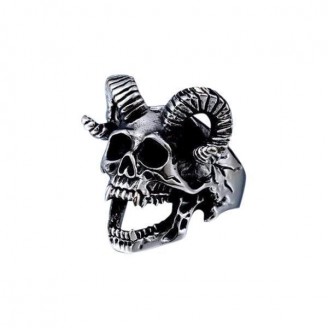
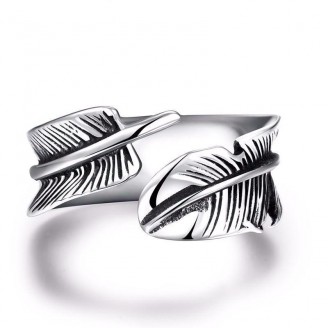
![Casual Recycled-Straw Neutral Tote Bag [4 Variants]](https://www.lindajewelry.com/image/cache/catalog/easyphoto/9794/casual-recycled-straw-neutral-tote-bag-4-variants-9794-9794-328x328.jpg)
![Personalized Stainless Steel Dog Tag Necklace [3 Variants]](https://www.lindajewelry.com/image/cache/catalog/easyphoto/6285/personalized-stainless-steel-dog-tag-necklace-3-variants-6285-6285-328x328.jpg)
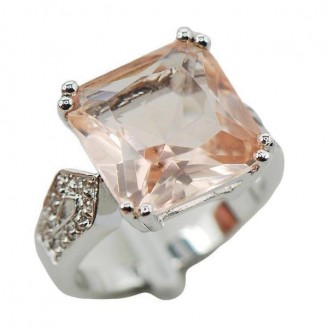
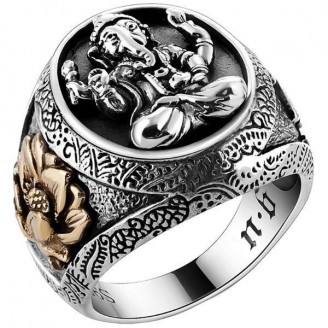
![Layered Choker Necklace [2 Variants]](https://www.lindajewelry.com/image/cache/catalog/easyphoto/7034/layered-choker-necklace-2-variants-7034-7034-328x328.jpg)


